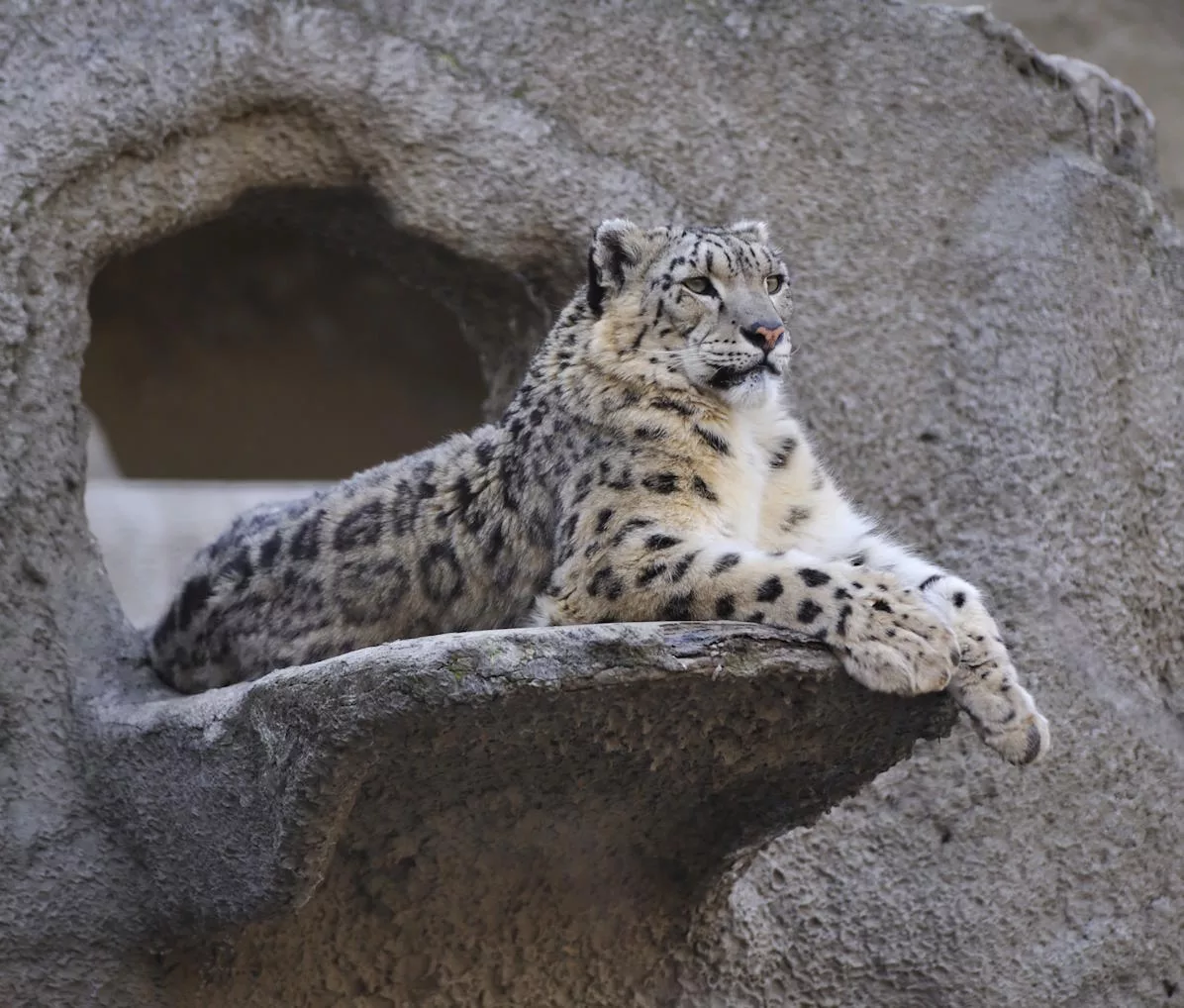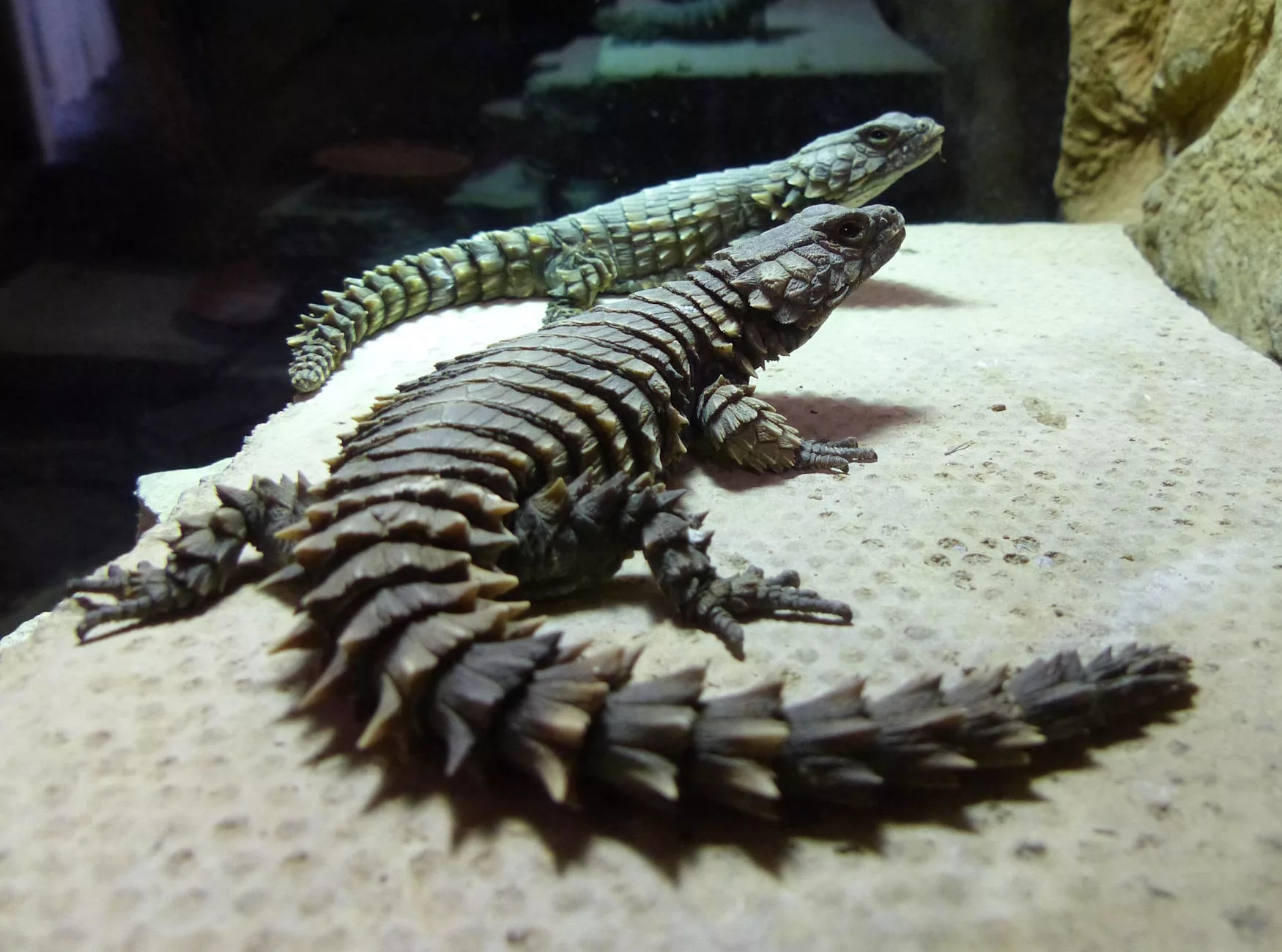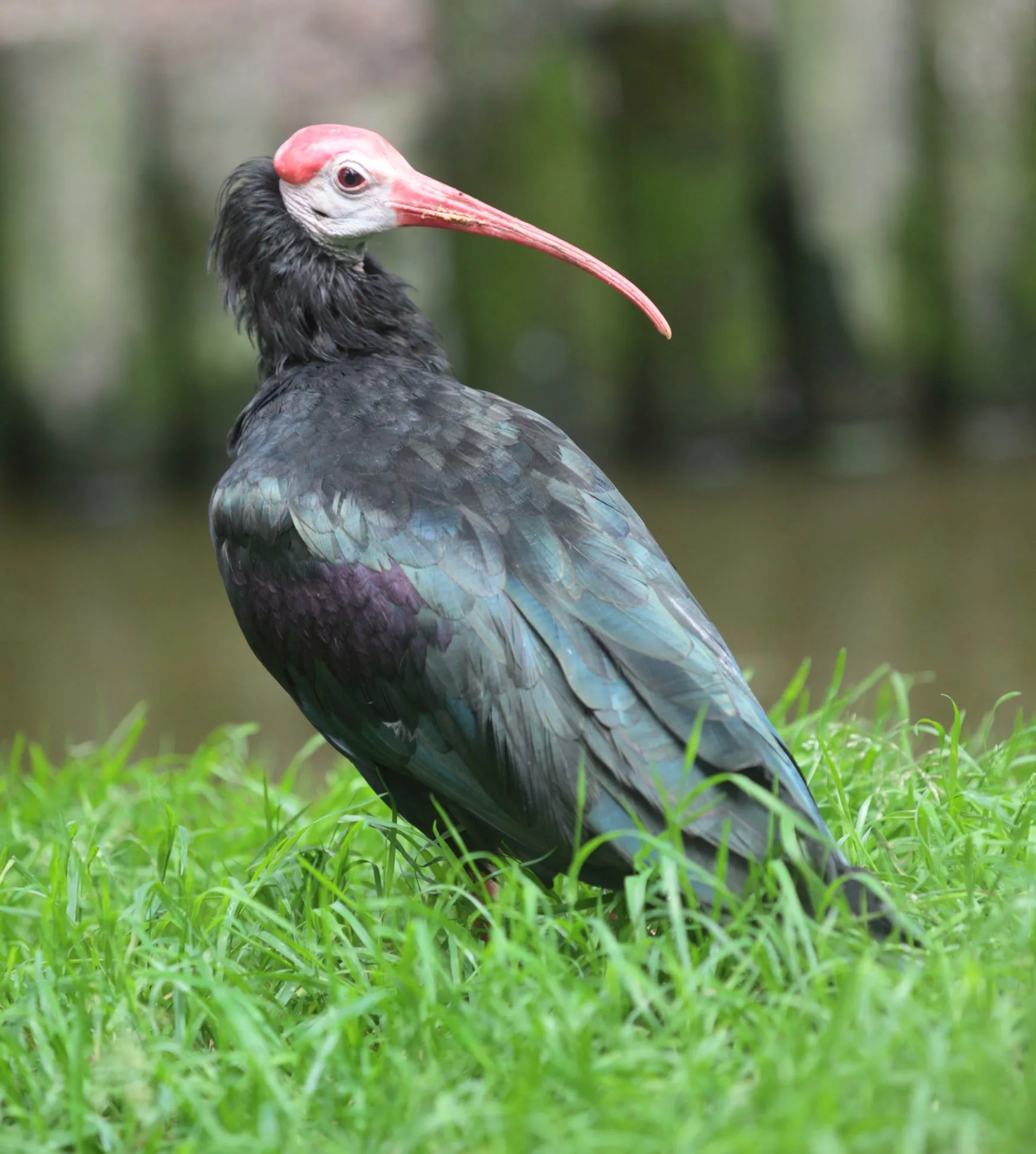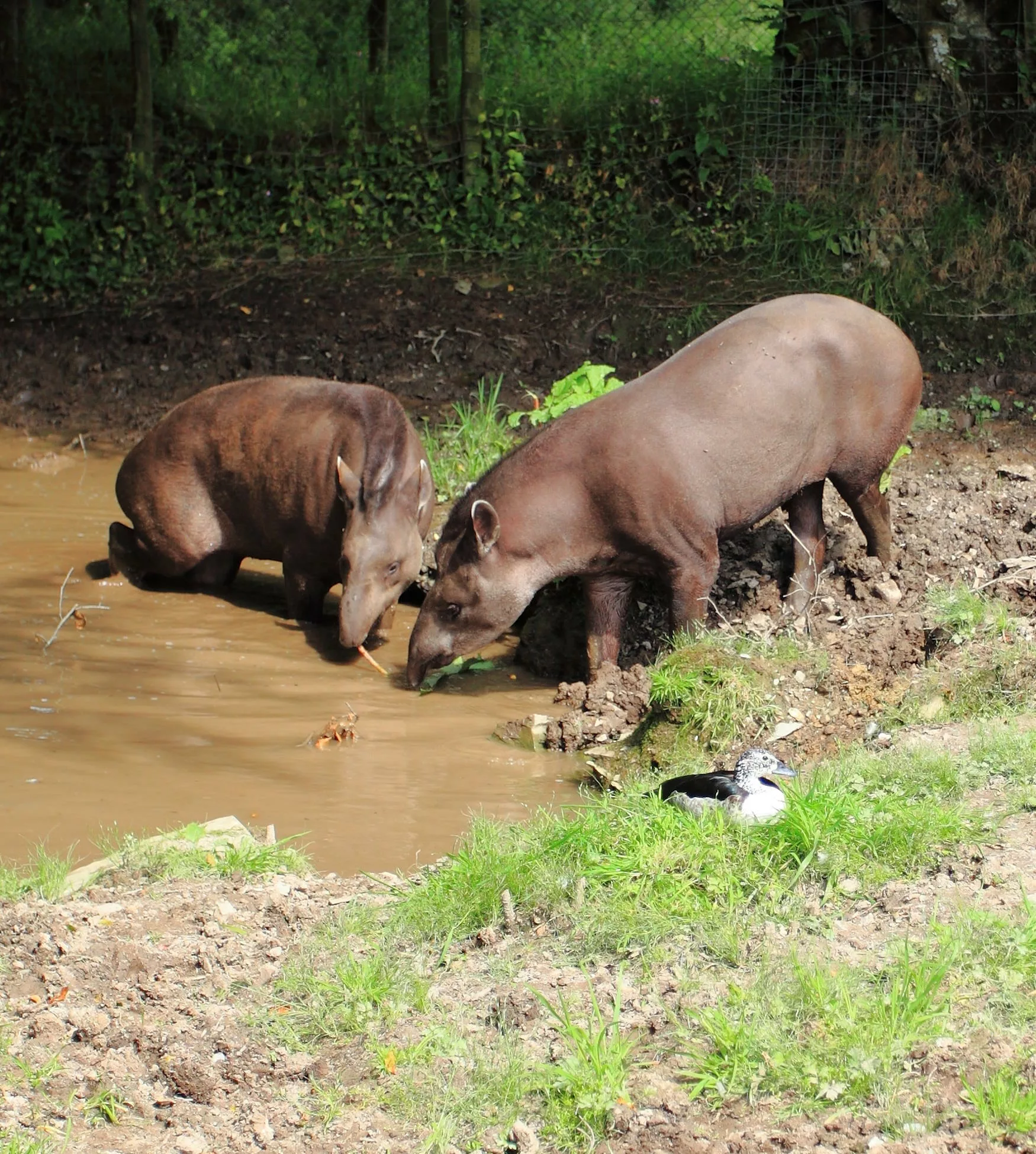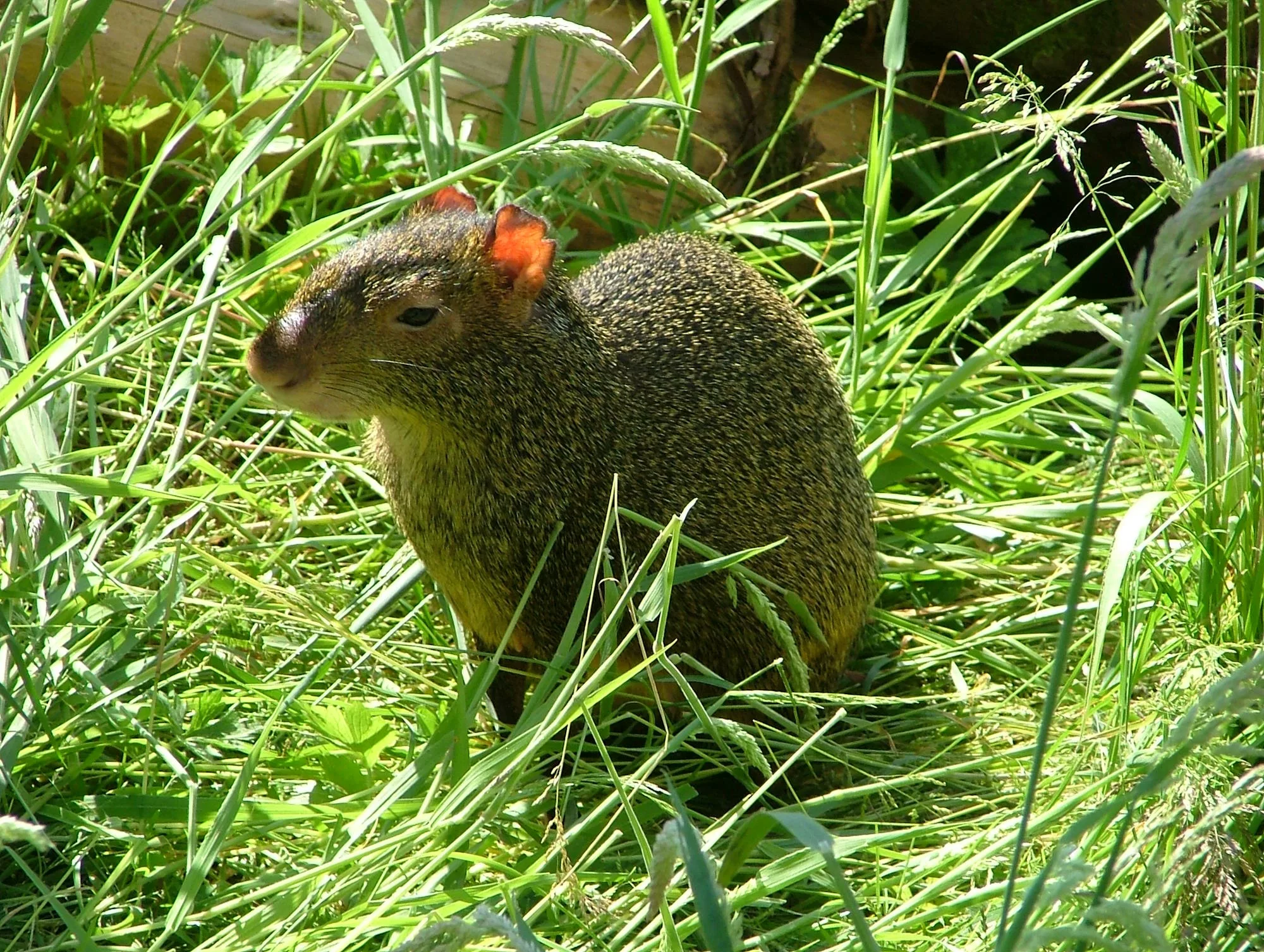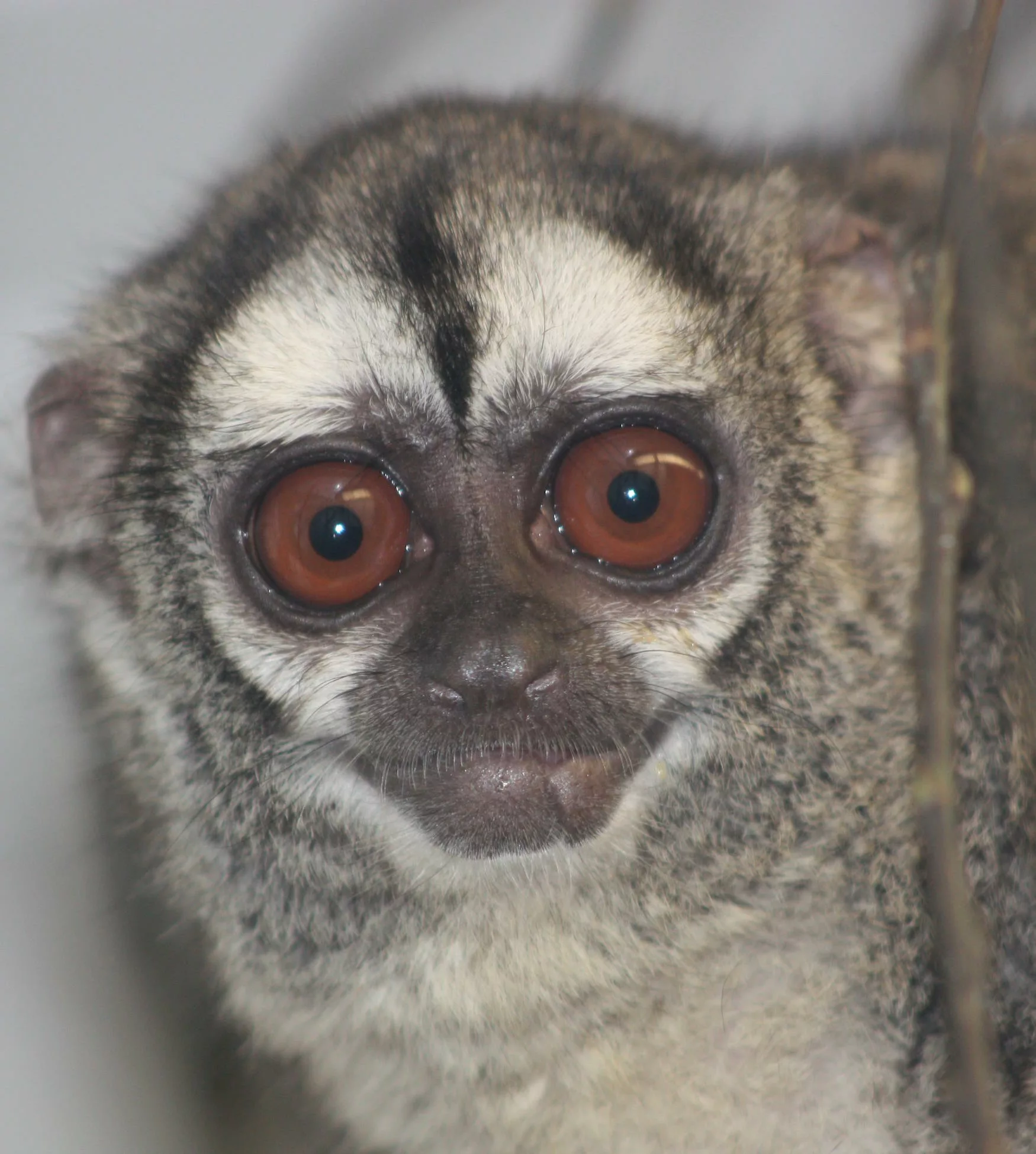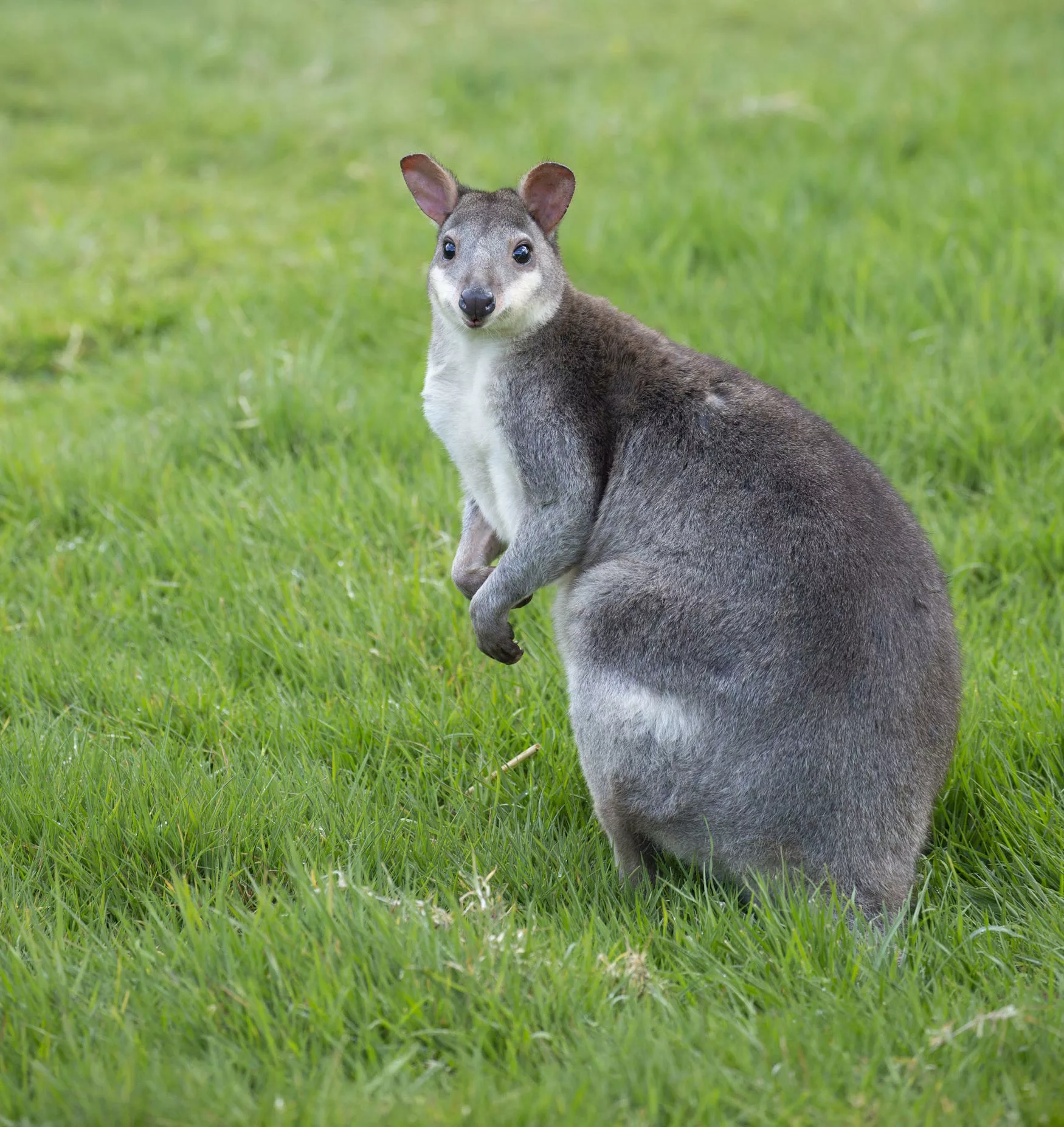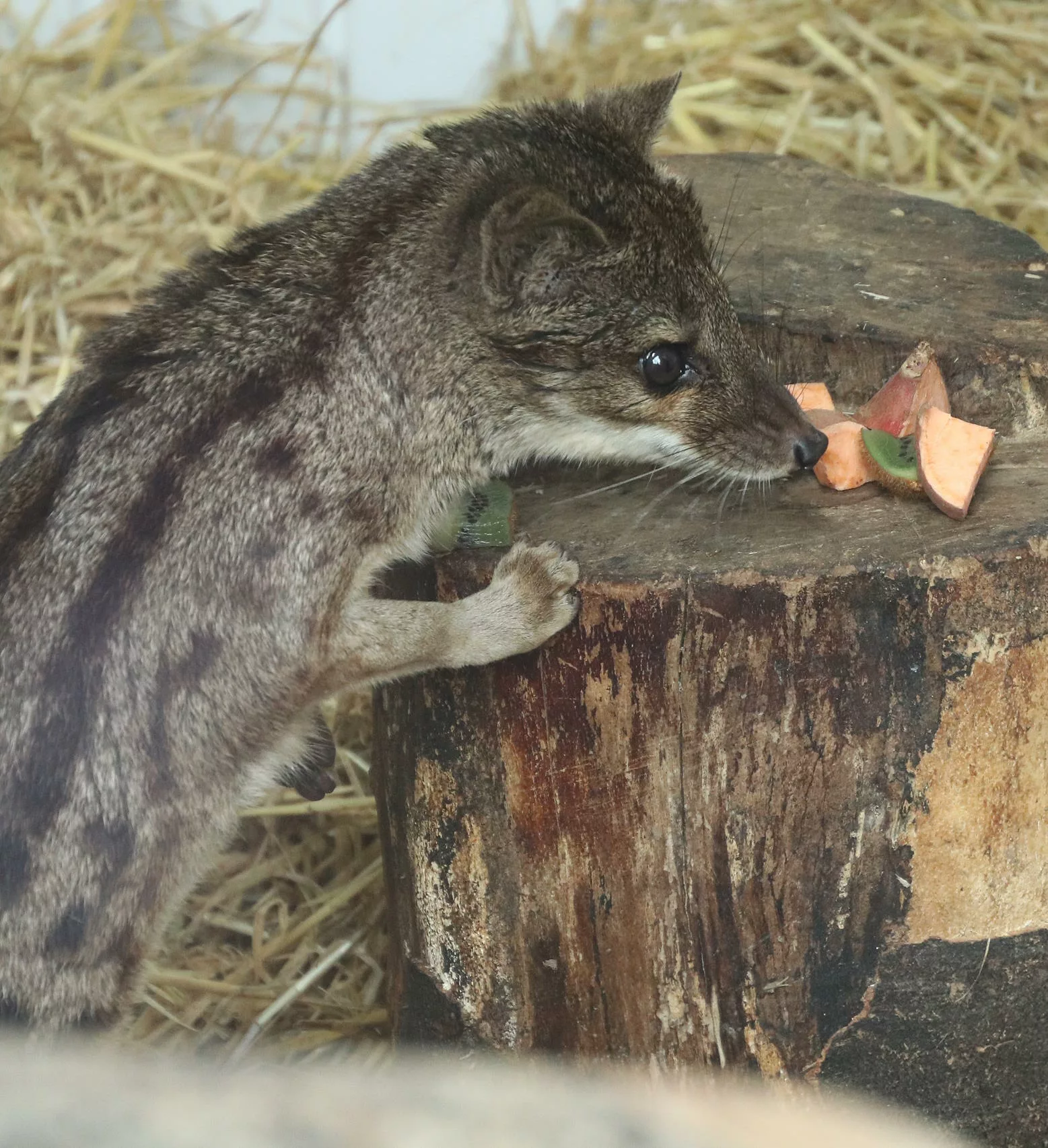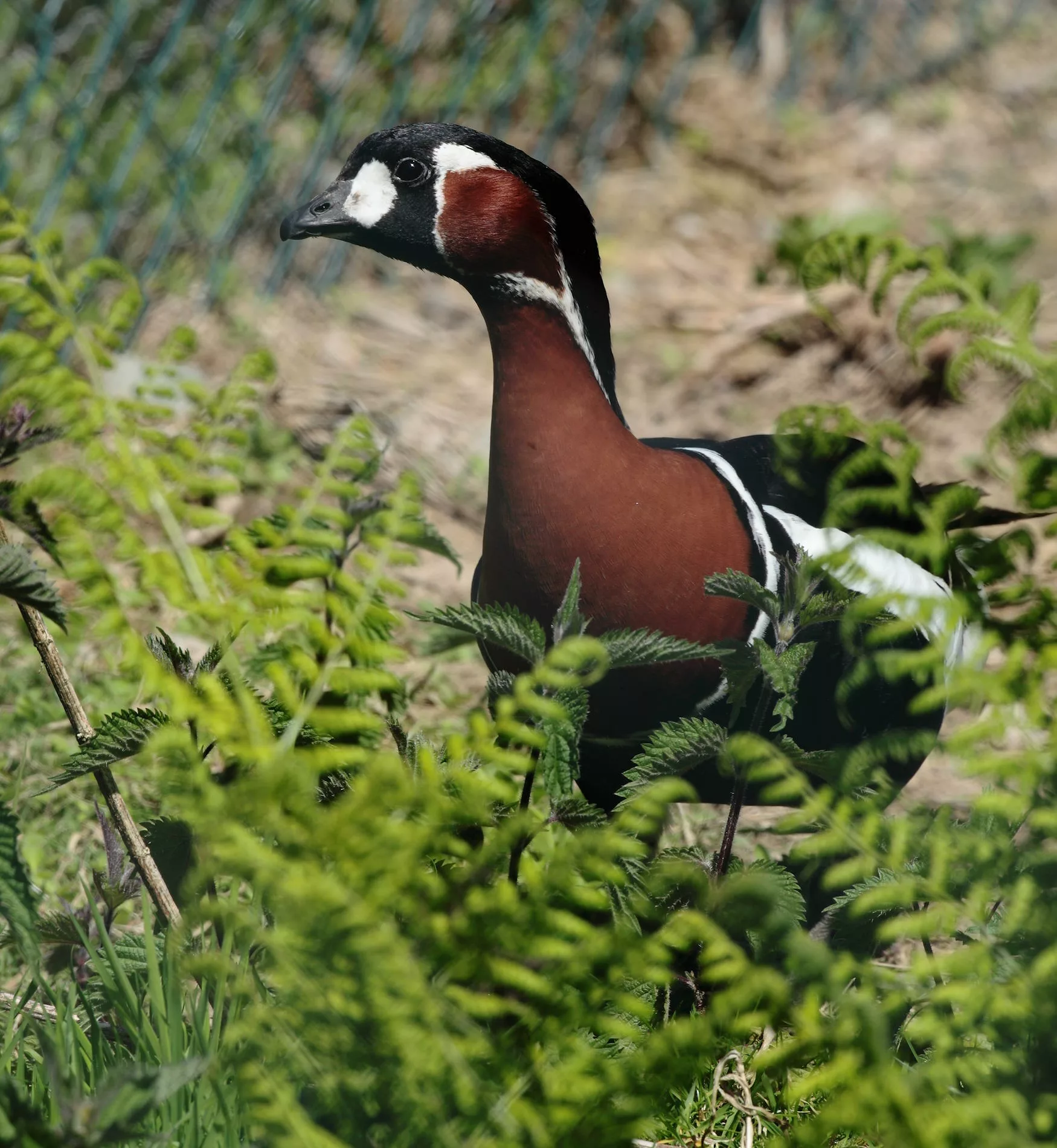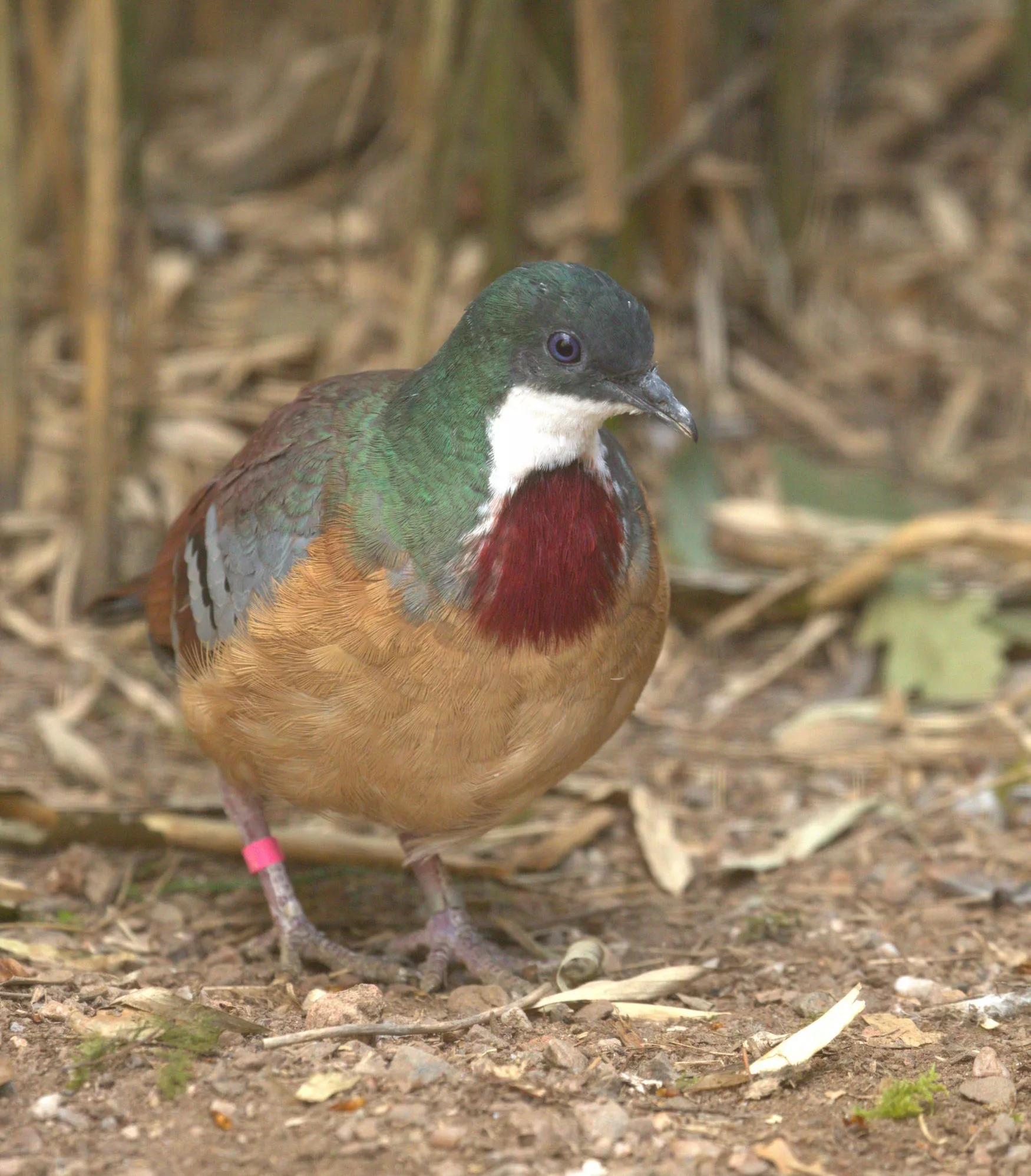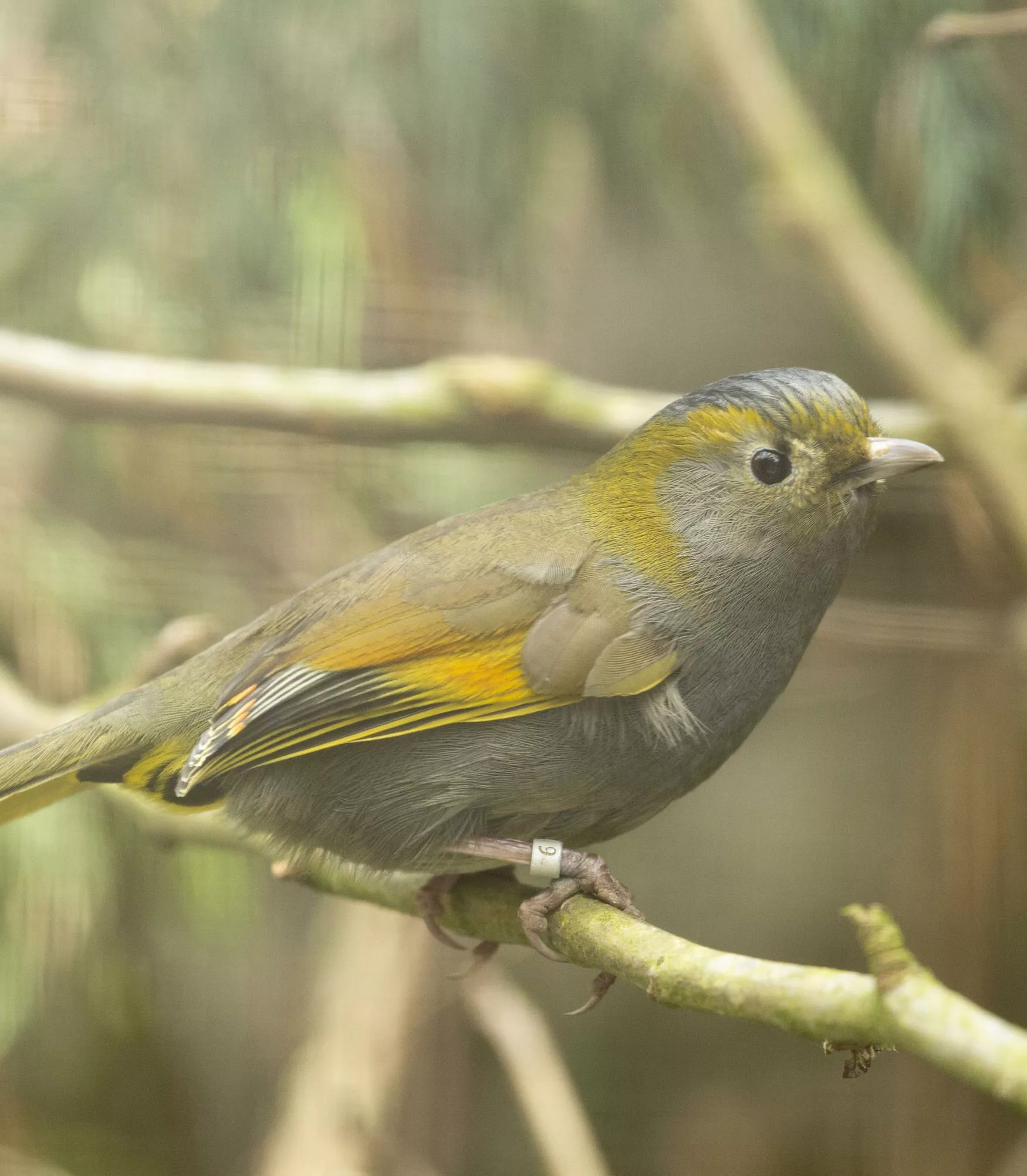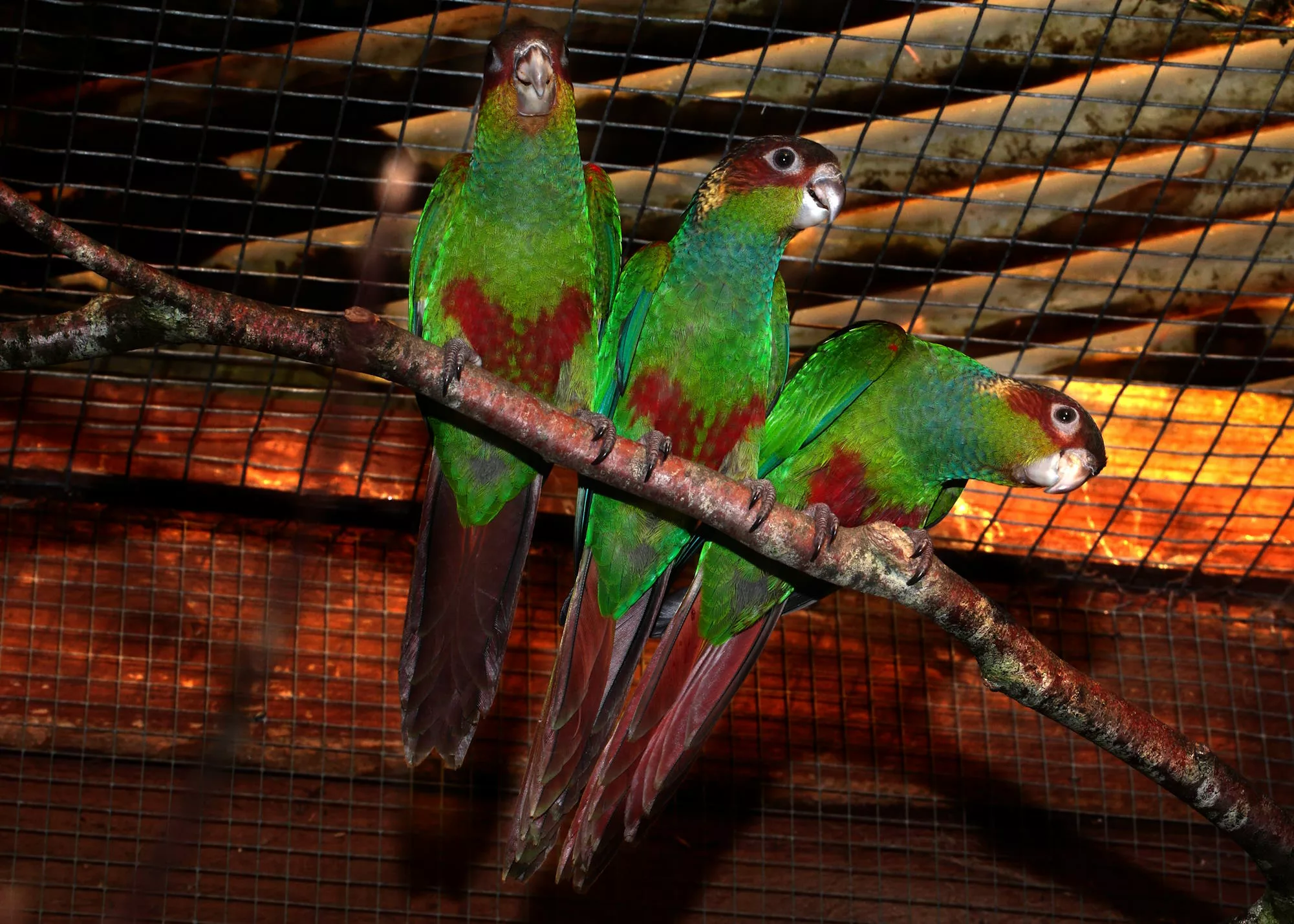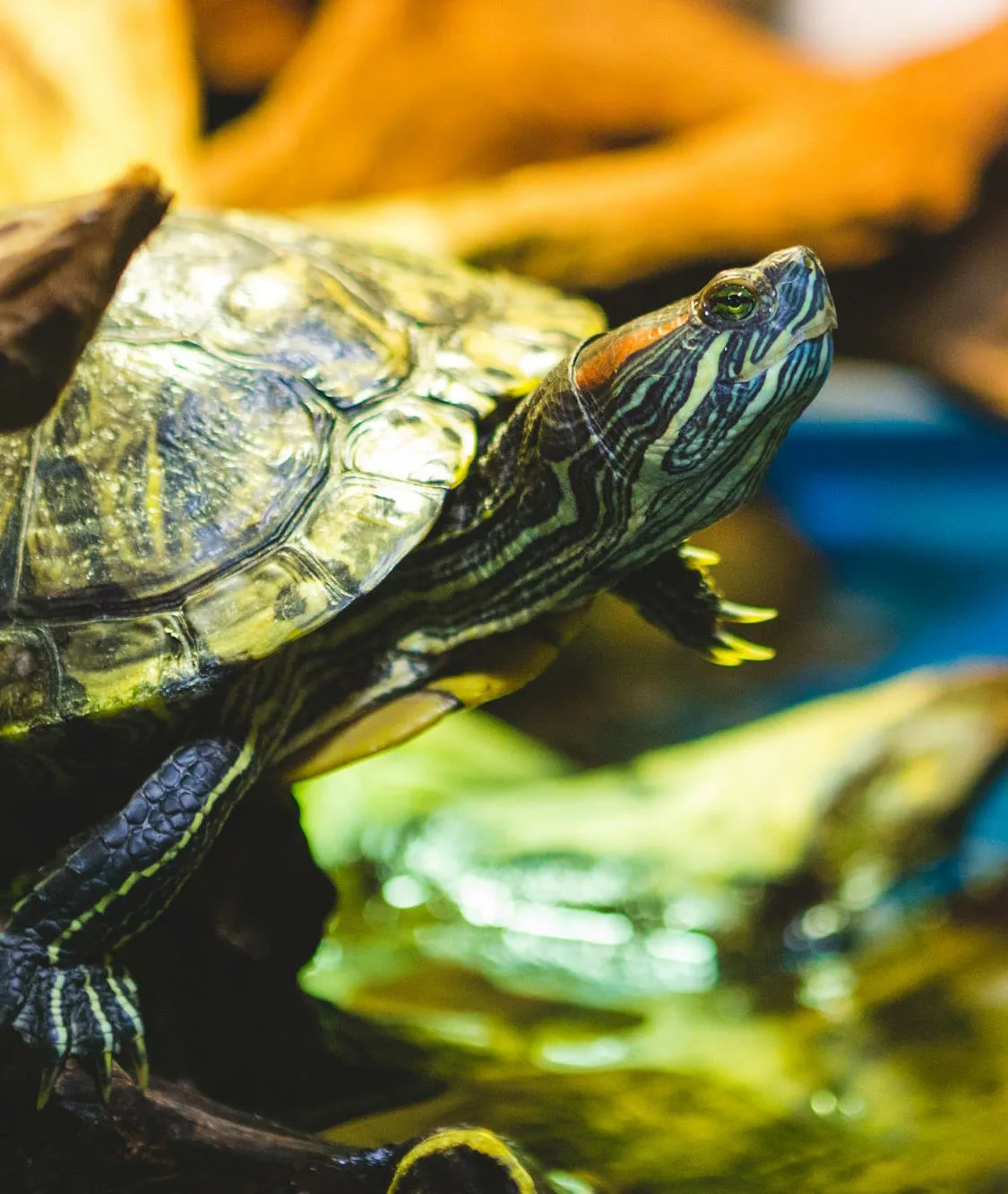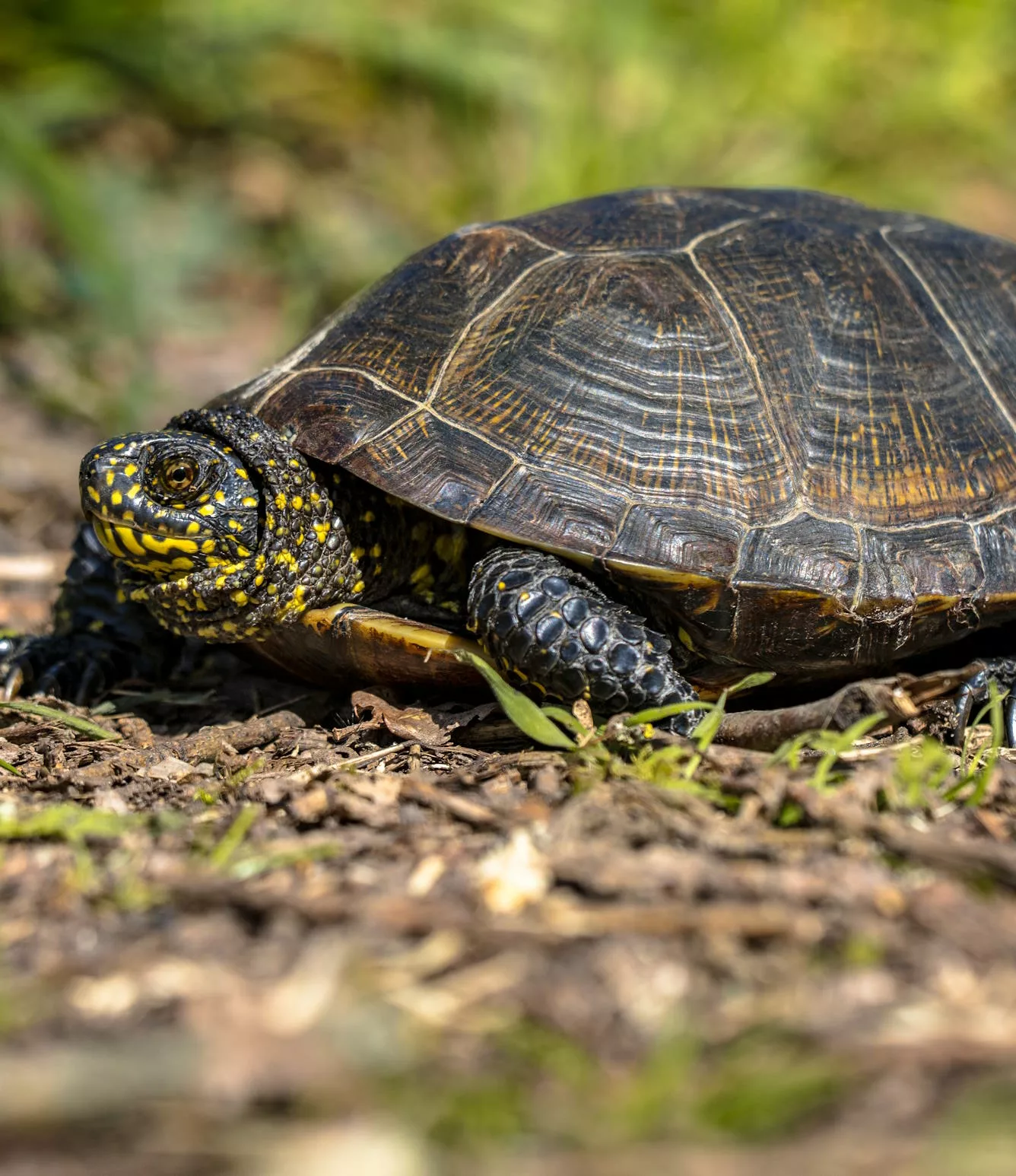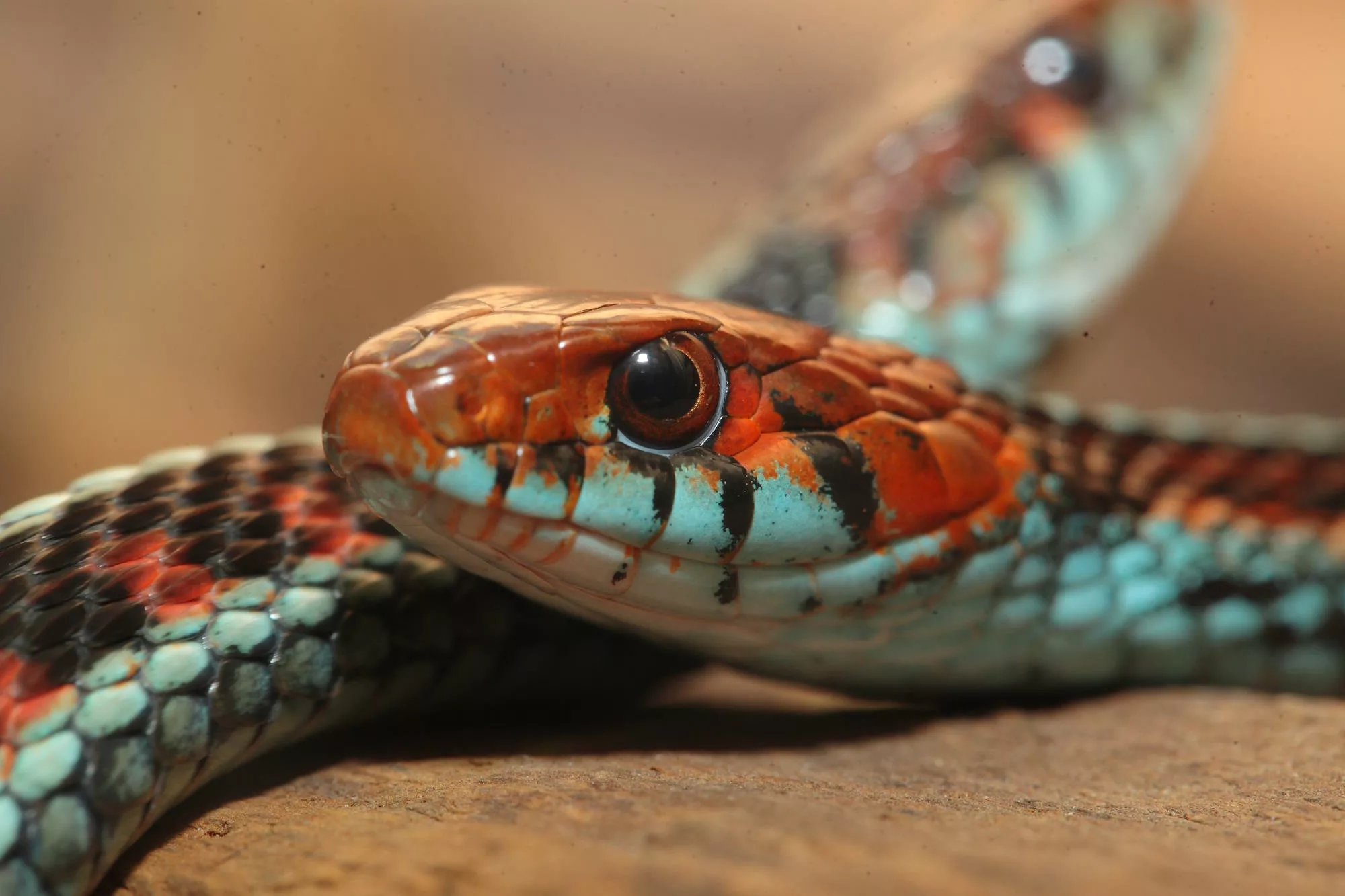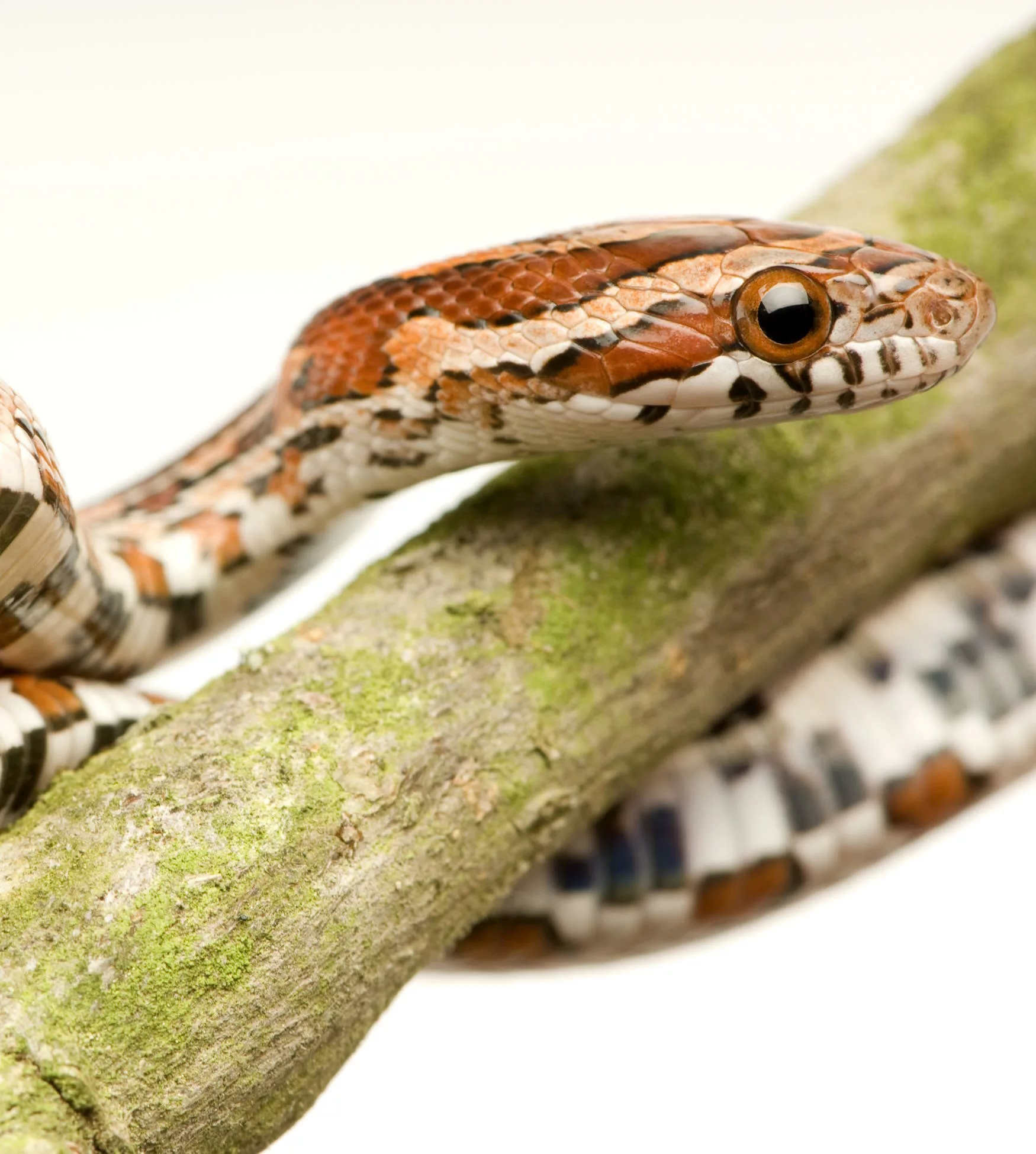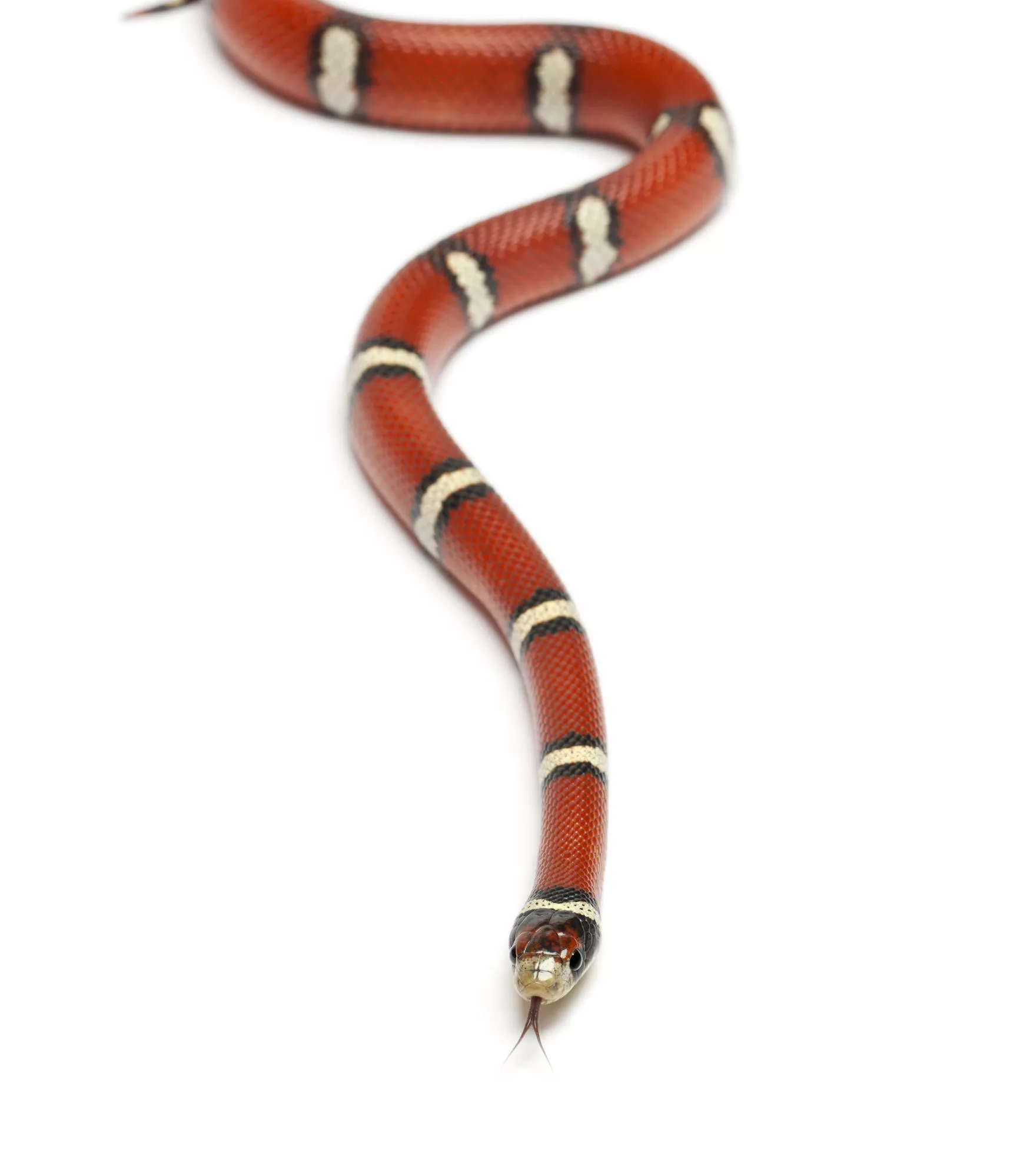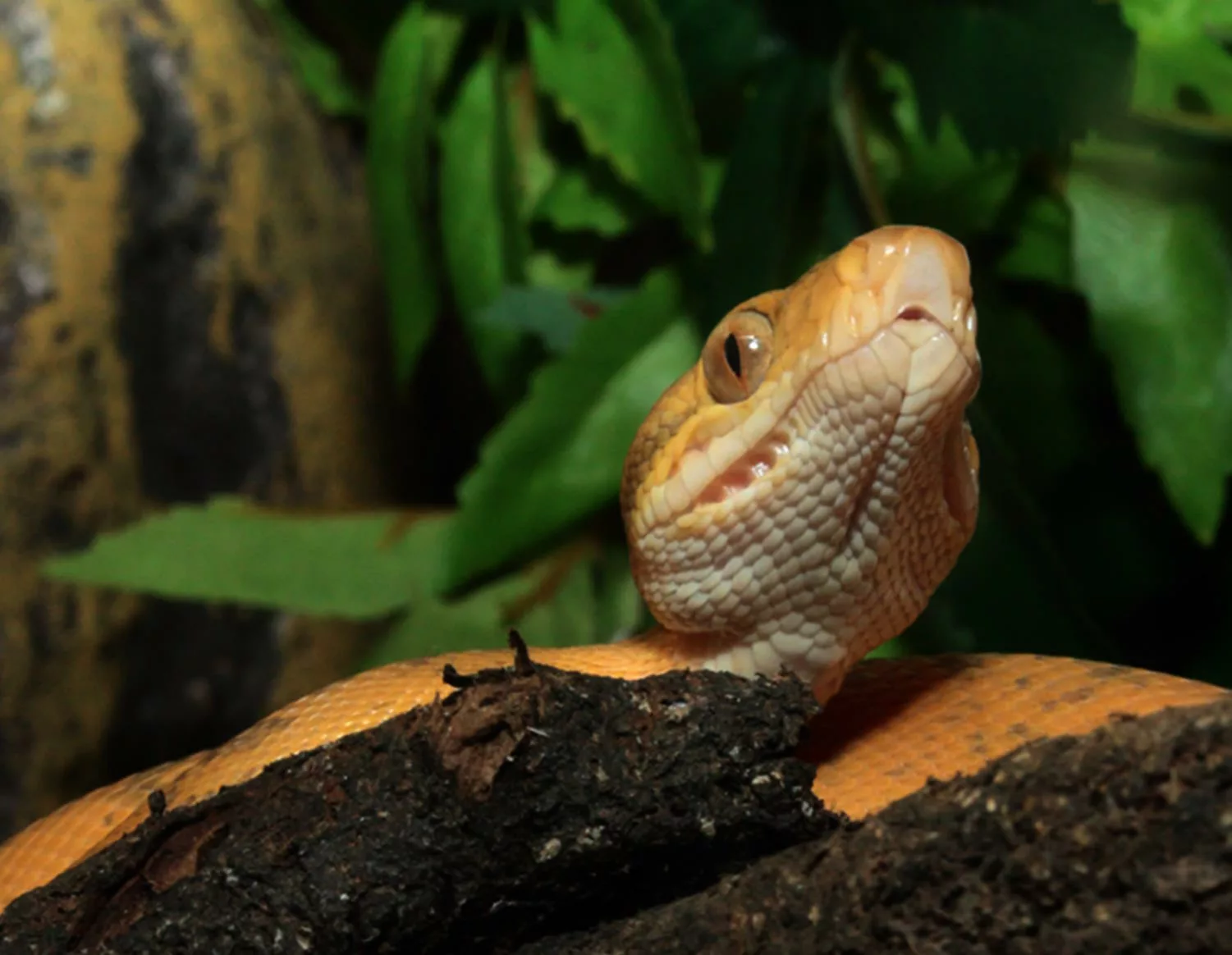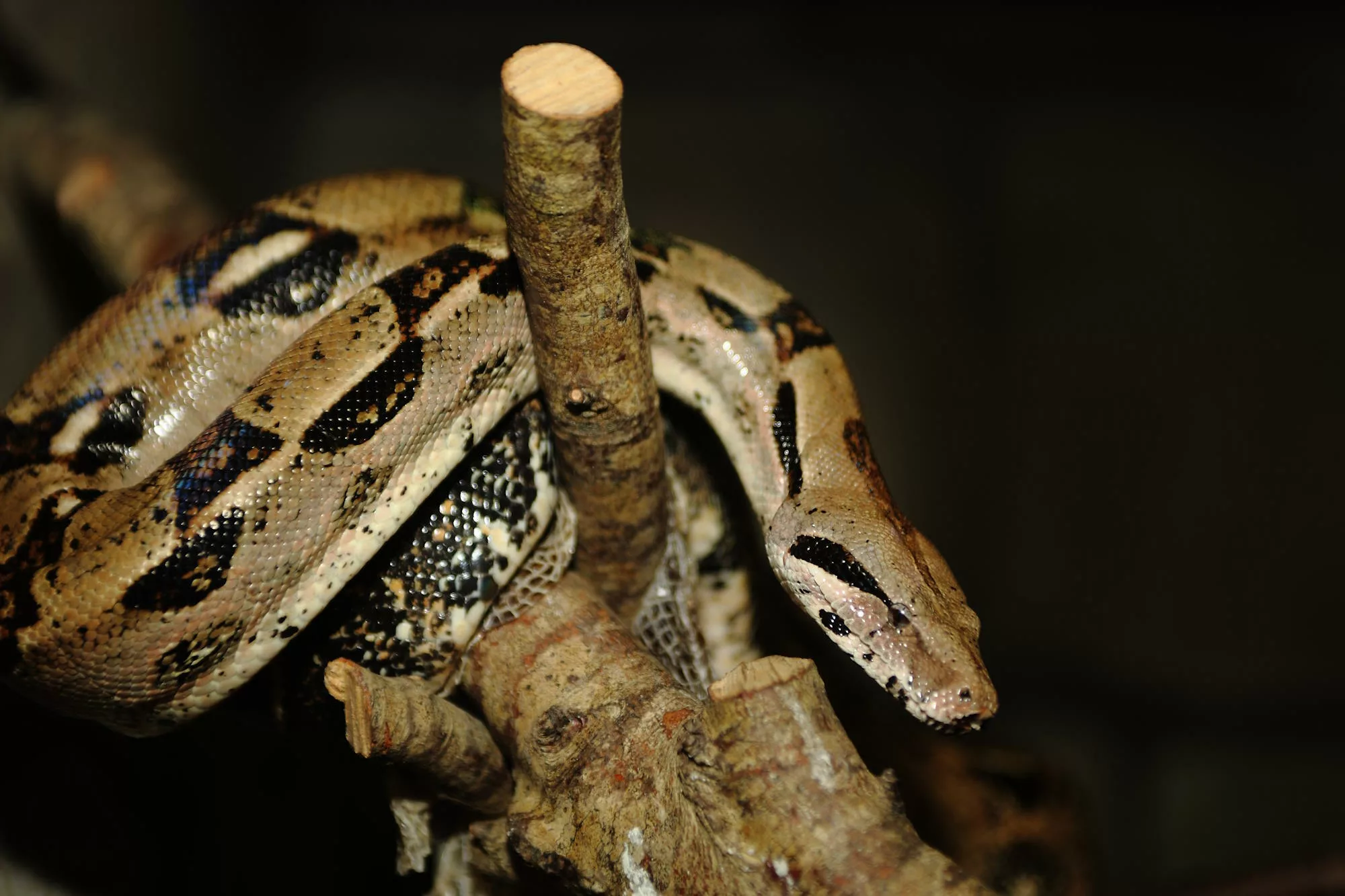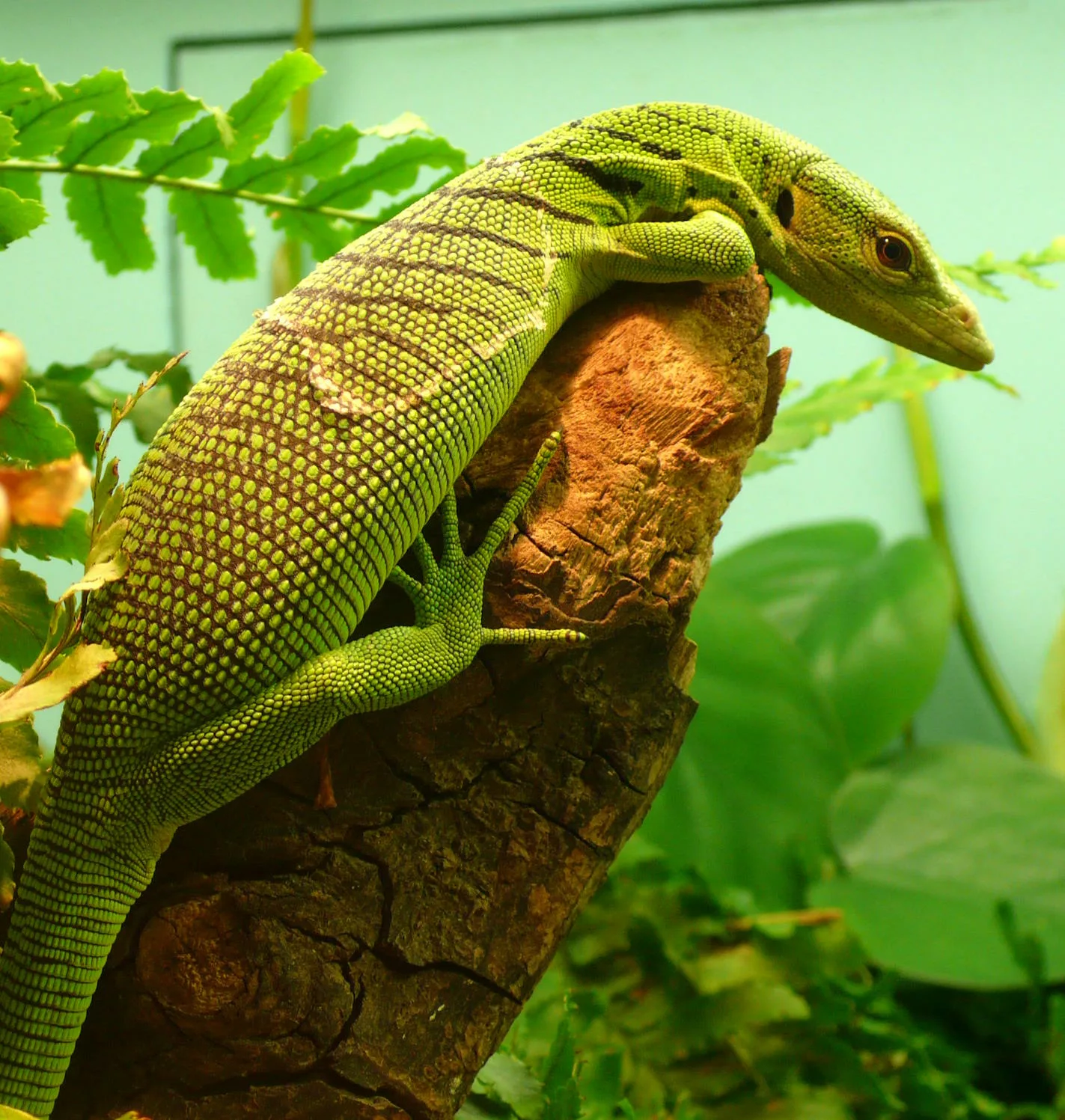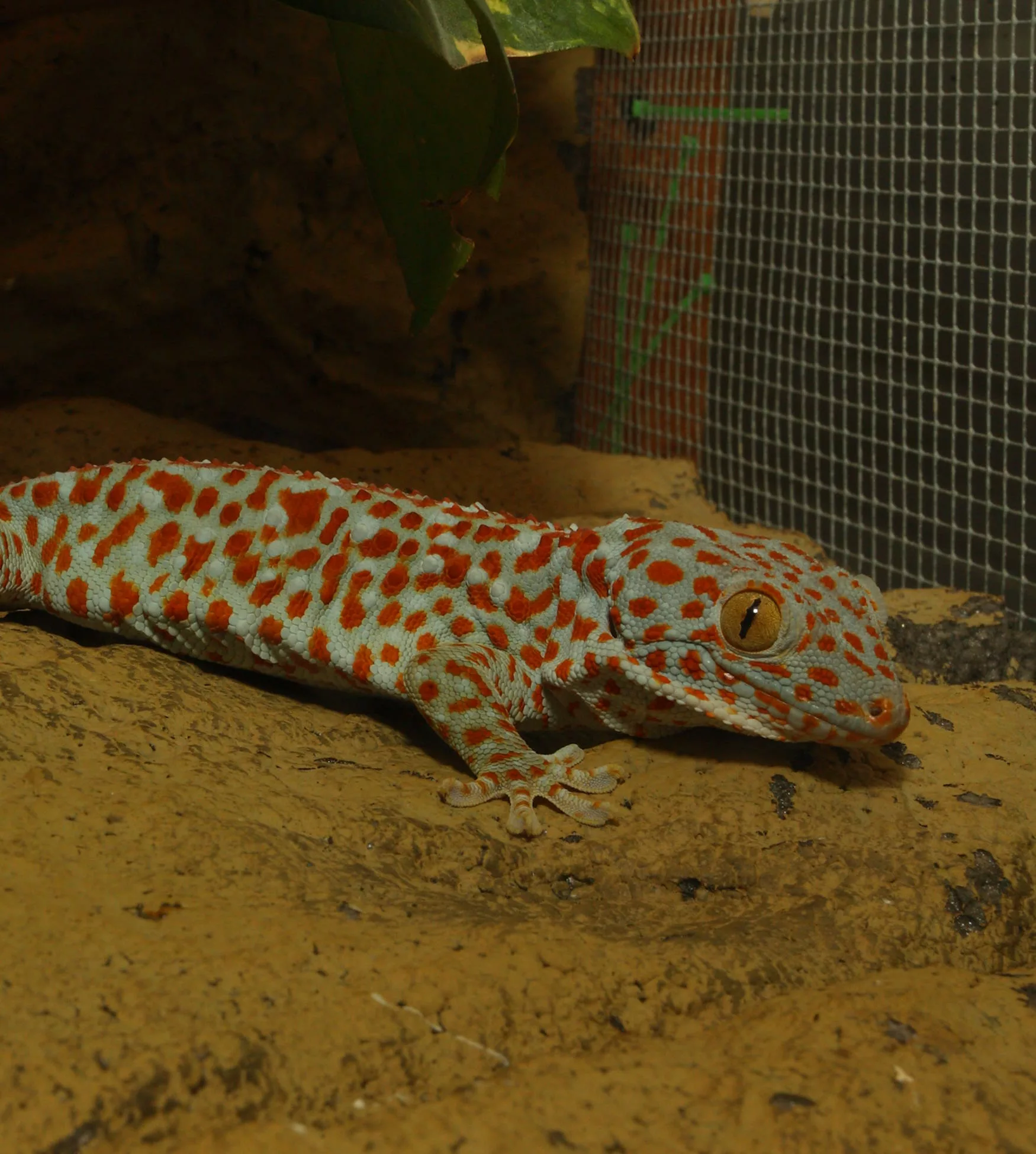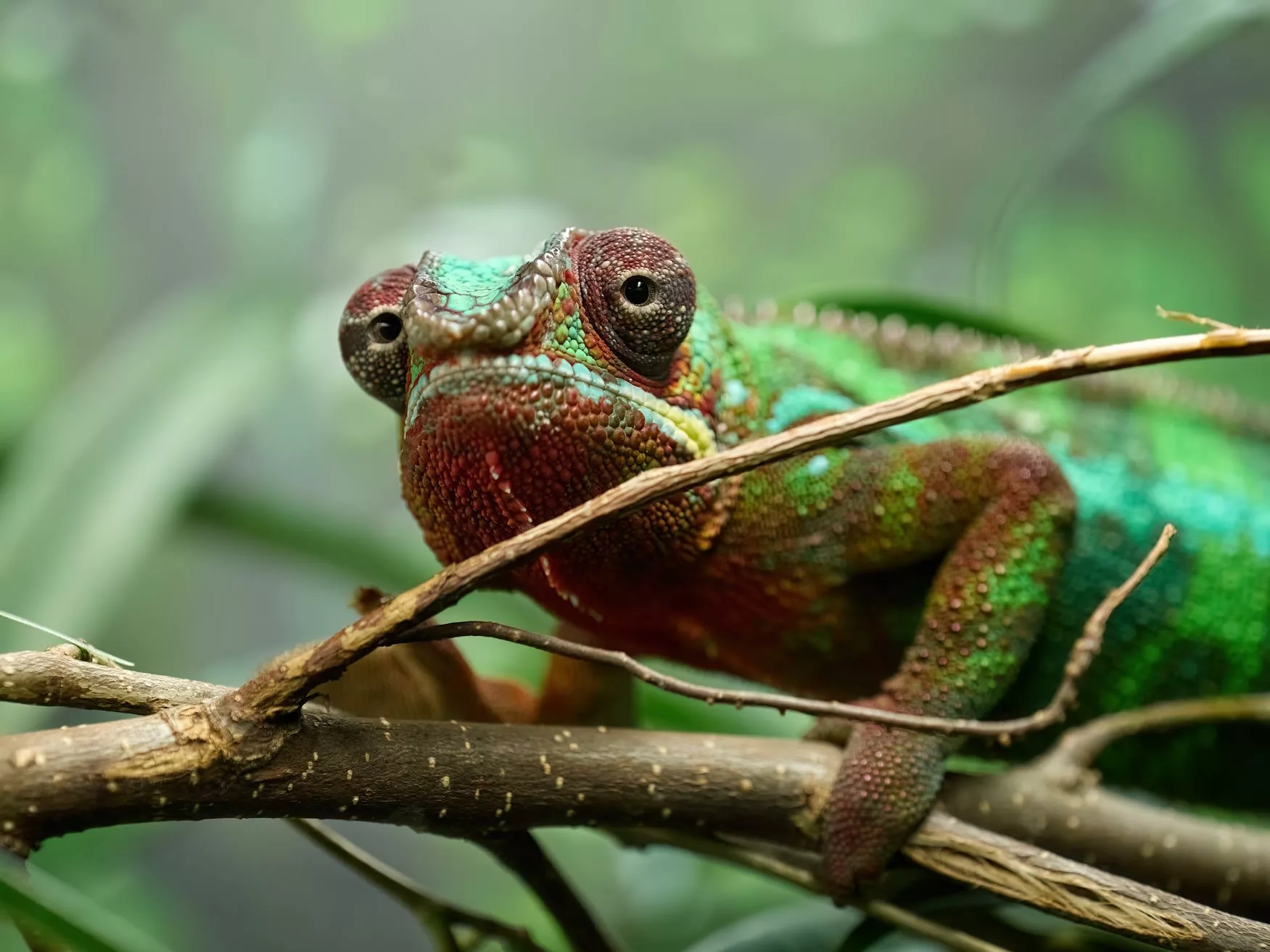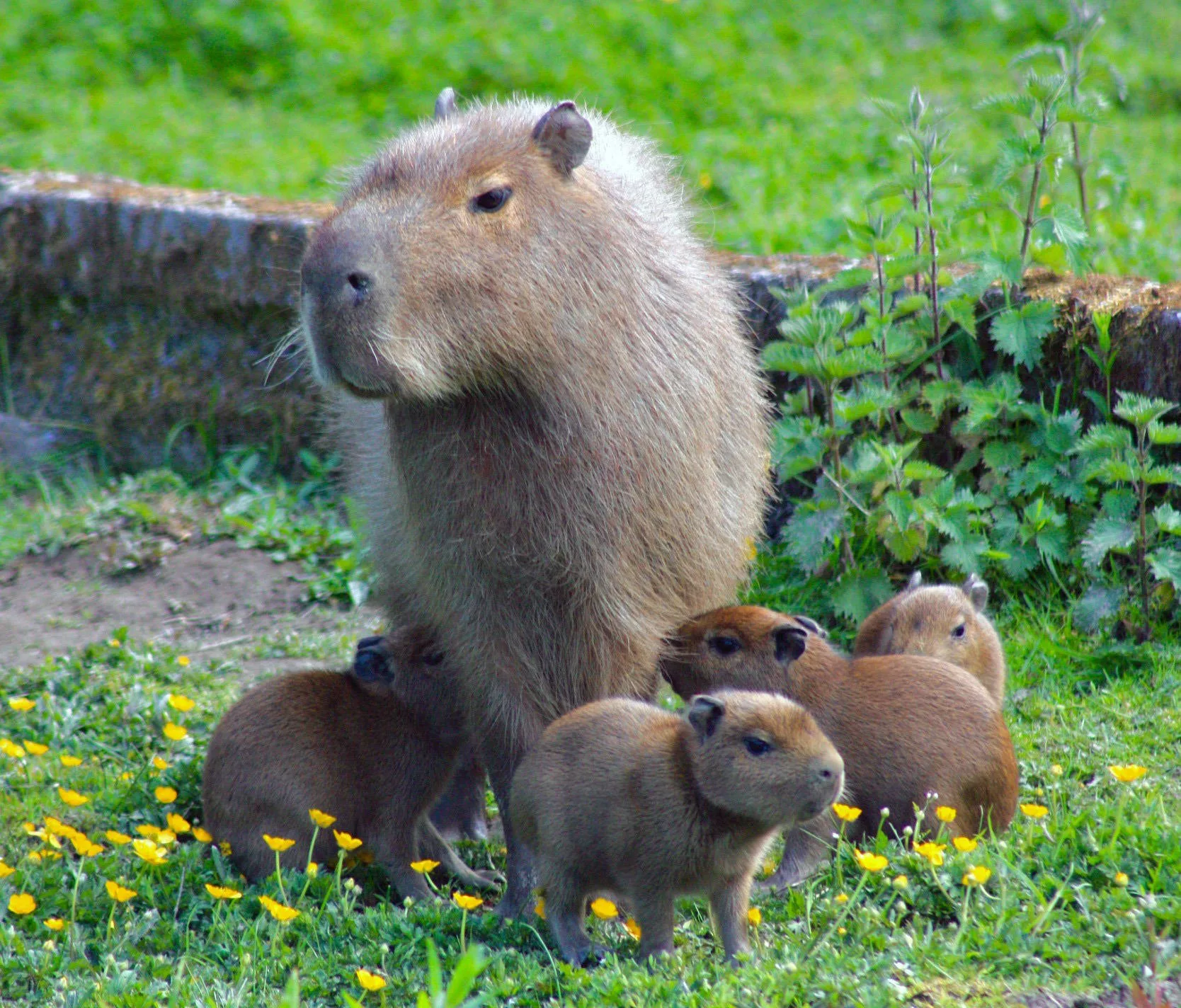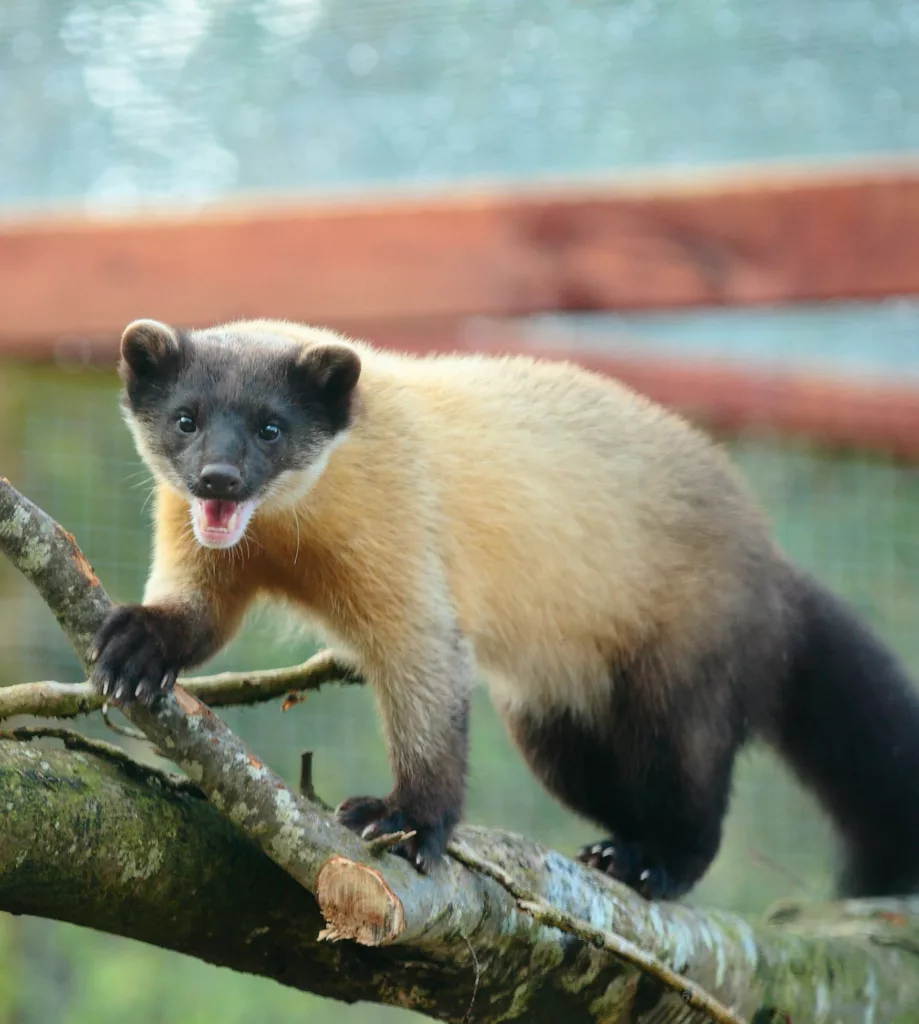
Yellow-throated marten
Scientific name: Martes flavigula
IUCN listed as: Least Concern
Learn before you visit!
Here are some facts about the species – Discover what they eat, find out about their natural habitat, see what they like to do, and more… Set the reading style to suit you too, everyday speak or something aimed towards children.
Child-friendly
Everyday
Diet
Yellow-throated martens are carnivorous predators that primarily feed on small mammals such as rodents, birds, and squirrels. They are also opportunistic hunters, preying on insects, lizards, and occasionally raiding bird nests for eggs. These martens are agile climbers and skilled hunters, using their sharp claws and teeth to catch and kill their prey swiftly. They are active during both day and night, covering large territories in search of food.
Yellow-throated martens like to eat small animals like mice, birds, and squirrels. They catch their food using sharp claws and teeth, and sometimes they eat insects and eggs too. These martens are very good at climbing trees and hunt both during the day and at night.
Breeding
During the breeding season, which typically occurs from February to April, Yellow-throated martens form pairs. The female gives birth to 1-4 kits after a gestation period of around 9-10 weeks. The kits are born blind and helpless, relying on their mother for warmth and milk. The male plays a role in providing food for the female and young during this time, ensuring their survival.
When it’s springtime, Yellow-throated martens find a mate and the mum has babies called kits. The babies are born blind and need their mum to keep them warm and feed them milk. The dad helps by finding food for the mum and babies until the babies are big enough to eat on their own.
Habitat
Yellow-throated martens are found in a variety of forested habitats across Asia, including tropical and subtropical forests, as well as montane forests up to high elevations. They prefer areas with dense vegetation and ample prey availability. These martens are excellent climbers and spend much of their time in trees, where they hunt and seek shelter in tree hollows or abandoned nests.
Yellow-throated martens live in forests across Asia, from jungles to mountains. They like places with lots of trees and places to hide and find food. These martens are great at climbing trees and often sleep in old nests or hollow trees.
At the zoo
In zoos, Yellow-throated martens are housed in enclosures that mimic their forest habitat. These enclosures have plenty of climbing structures, hiding spots, and platforms for the martens to rest. They are fed a diet that includes a variety of meats, fruits, and vegetables. Visitors can observe their agile movements and keen hunting behaviours, which they display during feeding times.
In zoos, Yellow-throated martens live in big spaces that look like their forest home. There are lots of things for them to climb on and places to hide. They eat meat, fruits, and vegetables that the zookeepers give them. You can watch them run around and catch their food, which is really fun to see.
Behaviour
Known for their sleek body and yellow throat patch, Yellow-throated martens are solitary animals except during the breeding season. They are territorial and mark their territories with scent markings to warn other martens to stay away. They are highly adaptable and can live in different forest types, from lowland rainforests to mountainous regions. They communicate through vocalisations such as chattering and screeching, especially when defending their territory or interacting with other martens.
These martens have a sleek body with a yellow patch on their throat that makes them easy to recognise. They usually live alone except when they are looking for a mate. They mark their territory with their scent to tell other martens to stay away. Yellow-throated martens make sounds like chattering and screeching to talk to each other, especially when they are protecting their territory.
Fun facts
- Yellow-throated martens are excellent climbers and can descend head-first down tree trunks.
- They have sharp retractable claws that help them grasp prey and climb trees with ease.
- These martens are known for their curiosity and will investigate new objects and scents in their environment.
- Yellow-throated martens have a varied vocal repertoire, including calls for communication and warning sounds.
- They are important predators in their ecosystems, helping to control populations of small mammals and birds.
- Yellow-throated martens are really good at climbing trees and can even come down head-first!
- They have sharp claws that they can pull in and out to help them catch food and climb trees.
- These martens are curious and like to check out new things they find in their home.
- Yellow-throated martens talk to each other with different sounds, like chattering and screeching.
- They help keep the numbers of mice and birds in check by hunting them in the forests where they live.
More animals to discover at our zoo
Quick Links
Tickets & Prices
You can buy tickets for Exmoor Zoo securely online, as well as finding out more price options, discover offers, and more…
What’s on…
Exmoor Zoo hosts incredible Events all through the year. You can find out about what we’ve got in store here…
Routes & info
Like any great discovery, Exmoor Zoo can feel a little off the beaten path – but don’t worry – you can plan your journey with our recommended routes and other useful travel info.
